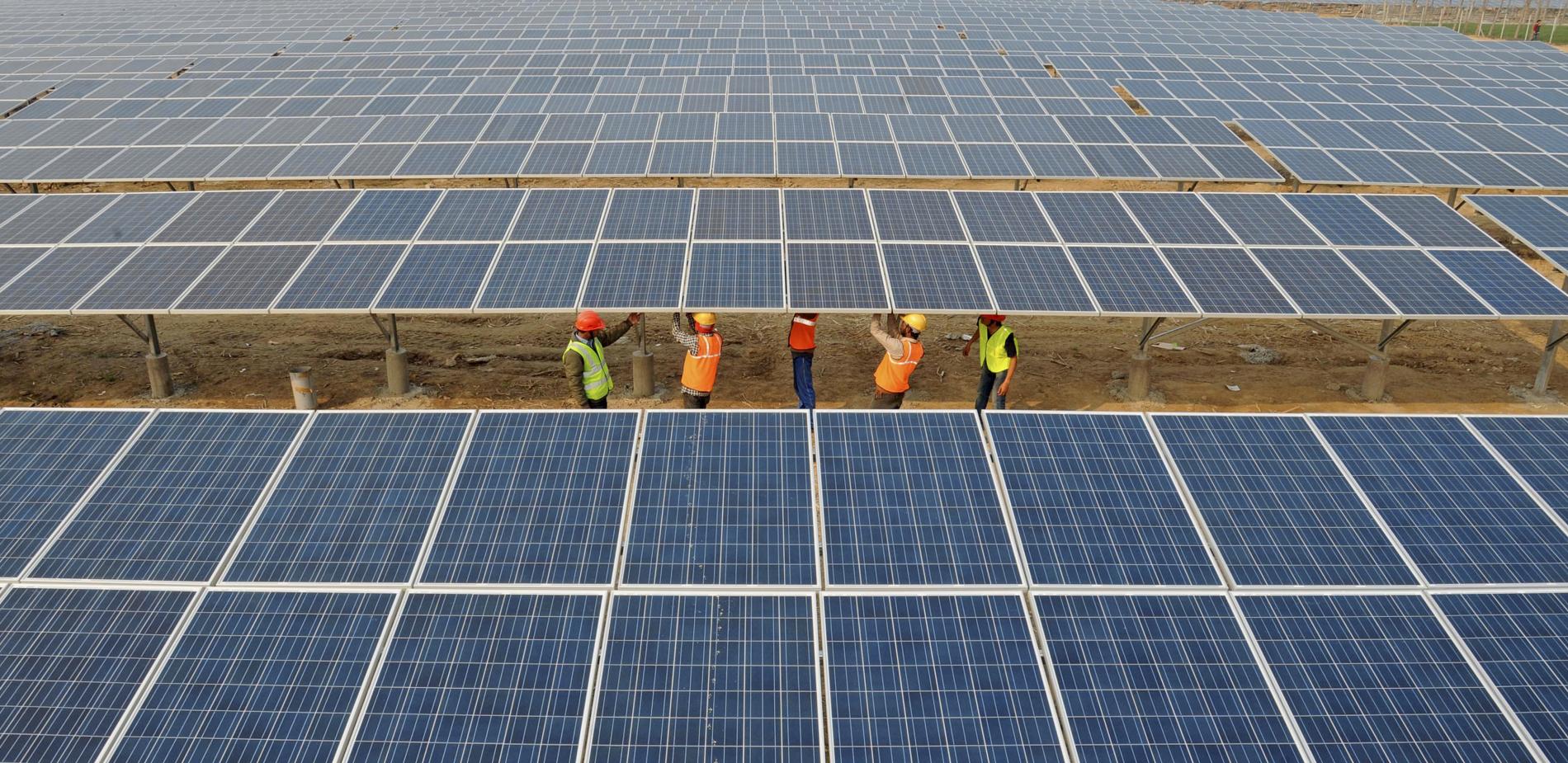
Isabelle Bousquet - Published on , updated on
So what can be done to combat climate change and mitigate or adapt to its impact? Internationally, in Europe and in France, are we really acquiring the means to reduce greenhouse-gas emissions? What technological and industrial solutions are being studied? Should financial regulation processes be introduced, such as the very controversial ‘carbon tax’? There is talk of energy and agricultural transition all over the world, but what form should it take? How can we avoid penalising developing nations? So many issues must be considered if the governments that participated in the Copenhagen Climate Change Conference sponsored by the UN in 2009 are to achieve their objective: to limit global warming related to human activity to 2°C by 2100 (compared to the pre-industrial level). To achieve that goal, at the end of 2015, the 21st United Nations Climate Change Conference (COP21) in Paris approved a universal agreement on the reduction of greenhouse- gas emissions, which is to take over from the Kyoto protocol in 2020.
World Objective: 2°C
Nations need to commit to far-reaching climate policies if they are to achieve their goal of keeping warming down to 2°C by 2100.
Limiting global warming to 2°C at the end of the century (compared to the pre-industrial level): that is the objective fixed by the governments that participated in the Copenhagen Climate Change Conference in 2009. To achieve this goal, climate projections show that no more than 1,000 gigatons* of carbon dioxide can be added to the 2,000 Gt already emitted into the atmosphere by human activity since 1750 (half of that since 1970). However, at the current rate, this critical CO2 threshold will be reached in thirty years’ time. So the objective announced by participating nations may soon prove impossible to achieve if nothing is done to drastically reduce (-40 to -70% by 2050) greenhouse gas emissions. Solutions exist in every sector and must be backed by major climate policies. The sole international agreement to date is the Kyoto Protocol, which only set binding obligations for developing nations and which will expire in 2020. So the aim of COP21 (the 21st Conference of the Parties to the United Nations Framework Convention on Climate Change), which took place in Paris on the 30th November to 11th December 2015, was to forge an ambitious, universal agreement to reduce greenhouse gas emissions and replace the Kyoto Protocol. The European Union (28 countries emitting 9% of the world’s GHGs) has announced a reduction of 40% of its emissions by 2030 compared to 1990 and an energy mix including 27% of renewables and 27% energy savings.
* 1 gigaton of CO2 = 2 billion tons of CO2 = 109 tons
Popular Demonstrations
On the 21st September 2014, nearly 600,000 persons joined the People’s Climate March in 158 countries, half of them on the streets of the New York borough of Manhattan where the Leaders’ Climate Summit organised by UN Secretary-General Ban Ki-moon was held a few days later. On 8 September 2018, a new Climate March* totalled 800 demonstrations on all continents.
* In Paris, while demonstrations were banned following the 13 November attacks, thousands of shoes were carried to the Place de la République, where the March was to start.
The Paris Agreement
A universal agreement on climate was reached for the first time at the Paris world summit at the end of 2015.
On the 12th December 2015, at the 21st World Climate Conference (COP21) in Paris, 195 nations and the European Union unanimously adopted a global agreement on climate to replace the Kyoto Protocol in 2020. The document includes the aim of limiting warming to under 2°C (compared to the pre-industrial age) by 2100 and even mentions a target of 1.5°C in response to demand from those countries most vulnerable to climate change. To achieve this objective, the agreement specifies that global emissions of greenhouse gases (GHGs) must peak as soon as possible. It does not give any precise figures, but anticipates that in the second half of the century, emissions must not exceed the Earth’s capacity to capture carbon. The only muted note is that the voluntary commitments of states to reduce their GHG emissions made so far would imply a rise in global temperature of 3°C. Consequently, meetings will be held every five years to agree on greater efforts. In terms of funding, the agreement stipulates that at least $100 billion a year should be allocated to assist the most vulnerable nations. Today, the main cause for concern comes from the United States’ reversal in the wake of Donald Trump’s election.
Putting a Price On Carbon
So as to make renewable energies more competitive, one economic solution would be to make carbon prohibitively expensive.
Many economists believe that the most efficient way of drastically reducing greenhouse gas (GHG) emissions is to put a price on carbon. The aim is to make each CO2 emitter pay for the damage their emissions cause. Coal, oil and gas prices reflect the rarity of subterranean deposits and the cost of their storage, transport and distribution, but do not take into account their impact on the atmosphere, which has a crucial effect on climate balance because of the greenhouse effect. The atmosphere can currently be used free of charge, as if it were a limitless reservoir able to hold all CO2 emissions, which is not at all the case. To limit global warming to 2°C in 2100, 80% of coal, half of gas and a third of oil reserves will have to be left underground*! If we put a price on carbon worldwide, renewable energies will become more competitive**. Experiments conducted so far (GHG emissions trading, carbon tax) have not been completely successful, especially because they depend on government enforcement and only cover the GHG emissions of heavy industry (just 40% of GHGs),so economists recommend that the price of carbon should be universal and dissuasive in order to genuinely encourage energy transition.
* Research published by University College of London in Nature on the 8th January 2015
** In his plan of action for world energy transition (September 2014), the former Vice-President of the World Bank Nicholas Stern notably suggests ending annual subsidies for fossil energies, subsidised five times more than renewables.
Burying Carbon Dioxide
Another solution to reduce carbon dioxide (CO2) emissions into the atmosphere is to capture it at source, in the smoke released by polluting factories, and store it underground. The main obstacles to this technology are the cost and feasibility of subterranean CO2 sequestration. Despite this, it is starting to be used. Nine of the thirteen operational installations worldwide are located in Canada (here, the Saskpower coal-fired power station equipped with the technology) and the United States. Also, some specialists are recommending new farming techniques to use the natural capacity of the soil to sequestrate CO2.
Energy Transition Made In France
French law has confirmed the aim of a 75% reduction in greenhouse gas emissions by 2050, notably through the development of renewable energies.
The French bill on energy transition for green growth was adopted after its final reading on the 22nd July 2015. It lays down ambitious goals for reductions in greenhouse gas (GHG) emissions, lower energy consumption and the development of renewable energies. The law aims to achieve a 40% cut in GHG emissions by 2030 and 75% by 2050 compared to the 1990 level; a halving of final energy consumption by 2050 (with an intermediate objective of 20% by 2030); and 30% less primary fossil energy consumption* by 2030. An increase in the carbon tax was also approved with an objective of 100 euros per ton in 2030, compared to 14.50 euros today. The proportion of electricity generated by nuclear energy should be reduced from 75% to 50% by 2025 and the share of renewables in energy consumption increased to 32% by 2030, especially through the development of wind, photovoltaic and biomass production. Other objectives are to renovate 100% of housing stock to ‘low- energy building’ standards or their equivalent by 2050 and ensure energy self-sufficiency in France’s overseas territories by 2030. The investments involved are supposed to create jobs and fuel economic growth.
* Primary energy consumption = final consumption + energy losses incurred during production and delivery
** At the end of 2018, the multiannual energy plan (MEP) should postpone this date
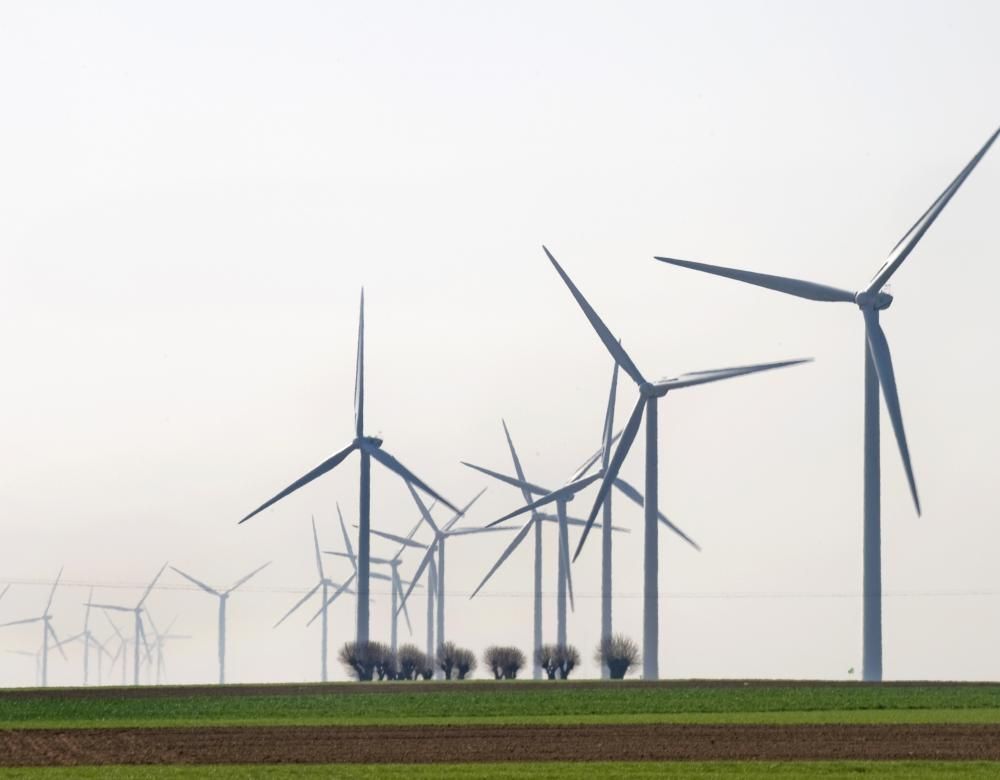
‘100% Renewable’ Electricity?
According to a study by the French Agency for the Environment and Energy Management (ADEME) whose initial conclusions were published in April 2015, France’s renewable-energy potential is three times greater than its demand for electricity. To realise this potential, wind turbine production must be greatly increased, especially by installing turbines suited to softer winds, and the electricity network adapted.
What Role Does Nuclear Energy Play?
Increasing nuclear production could be an option to reduce greenhouse gas emissions, but would involve many difficulties and risk.
The energy sector – from the extraction of resources to storage, transport and final distribution – emits the most greenhouse gas (GHG) worldwide. Its emissions increased by 3.1% a year from 2000 to 2010, compared to 1.7% a yearr from 1990 to 2000, and are overwhelmingly due to electricity production. One solution to reduce them could be to increase the use of nuclear energy, which emits very little GHG. 11% of the world’s electricity production was nuclear in 2012 compared to 17% in 1993, so the proportion has fallen over the last few years. A number of obstacles and risks stand in the way of developing this technology: the danger of accidents in nuclear power stations and related safety issues (see Fukushima, 11th March 2011), waste management, cost (especially of safety), the risk of nuclear weapons proliferation, reliability of supply from uranium mines, public opposition, etc. There are other ways of reducing the GHG emissions of the energy sector: improved energy efficiency of fossil-fuel power stations, replacement of coal by gas, the development of renewable energies, CO2 sequestration, a reduction in final consumption through restraint and energy efficiency, etc. While scientists determine the possibilities, energy choices are eminently strategic and so political in nature because of their impact on state finances and consequences for development.
The French Exception… For How Long?
The French nuclear industry (second only to the United States’ worldwide) has reached a watershed: nearly half of the 58 nuclear reactors in its 19 plants (here, the Cattenom nuclear power station) will reach the end of their lives (40 years) between 2019 and 2025. They will have to be decommissioned or, if the Nuclear Safety Authority allows them to continue, be replaced by new-generation reactors (of the EPR class, like the European Pressurised Reactor at Flamanville). Whatever the decision, the cost will be high – whether to upgrade to the safety standards required by new reactors, manage radioactive waste or decommission the plants.
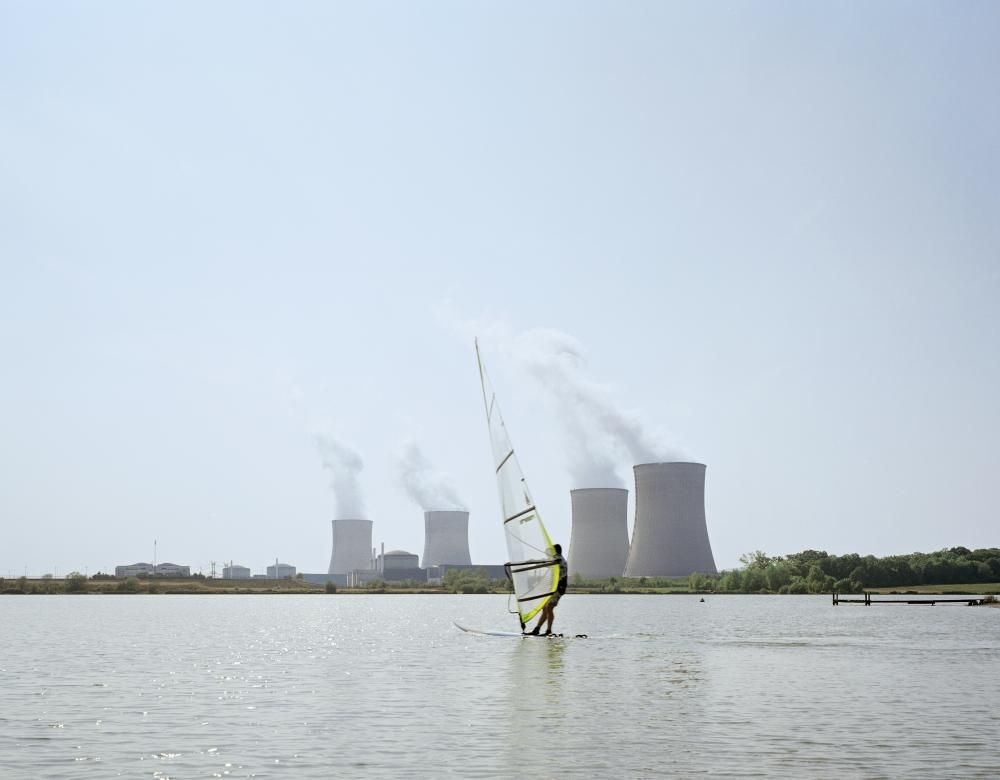
Towards A More Restrained World?
Energy efficiency and restraint could considerably reduce world energy consumption and greenhouse gas emissions.
The world’s ever-increasing human population will be forced to meet two major challenges: learning to control its consumption (particularly of energy) in order to reduce greenhouse gas (GHG) emissions while enabling poorer and emergent nations to develop in line with their peoples’ needs. Energy restraint and efficiency policies combined with the development of renewable energies provide a great deal of leeway in reconciling all these parameters. Energy-saving solutions exist in every sector: better building insulation (thermal renovation), bioclimatic architecture, the development of public transport, the bioconversion of organic waste (biogas) for heating or electricity generation, cogeneration (combined production of heat and electricity), more efficient electric motors, shorter transport circuits (favouring local products), etc. All these solutions will enable considerably lower energy consumption in industrialised countries and the progressive replacement of fossil by renewable energy. In this new context, governments will still have a major role, but users, architects, urban planers, constructors, companies, farmers and local and regional authorities will also play a decisive part. So we must change many of our habits to enable a new energy civilisation to flourish.

Less Energy-Hungry Habitats for the Future
To reduce building energy consumption, which accounts for 42% of demand in France, there are two approaches: the thermal renovation of existing buildings (France has set itself the objective of thermally renovating 500,000 homes a year from 2017) and the construction of new, ‘energy-positive’ ones (here, the planned headquarters of Groupe JF Cesbron in Saint Sylvain d’Anjou). ‘Energy-Ppositive’ buildings produce more energy than they use. They are especially equipped with solar panels on their roofs, high-efficiency thermal insulation and lower energy household appliances.
Megasolar in India
India is building more and more solar power plants. Here, the Muradwala plant is being constructed in the north of the country by a French-Indian partnership, while the largest solar plant in the world should come on line in August 2016 at Rewa in the state of Madhya Pradesh. It will have an output of 750 megawatts and cover 1,500 hectares. This record should be beaten within seven years by a solar plant with an output of 4,000 megawatts, again built in India, in Rajasthan state*. Will India, a quarter of whose population still has no mains electricity, soon be the world leader in solar energy?
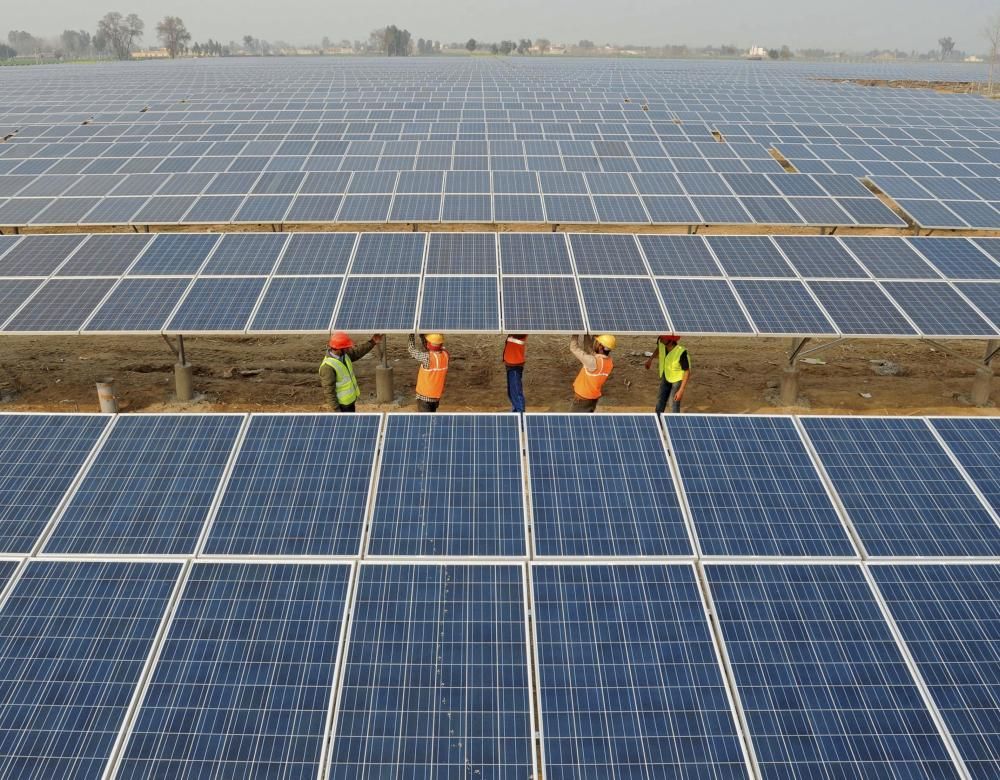
Living with Climate Risk
Combatting climate change requires adaptation strategies, particularly in the poorest countries.
Warming is already having an impact in certain parts of the world. Whatever the climate policies applied, the planet will inevitably continue to get hotter over coming decades. So, according to the IPCC*, we urgently need to adapt to climate change. For instance, we will have to build protective infrastructure (flood barriers, hurricane shelters, etc.) or evacuate populations in high-risk areas, improve our water- supply management to counter the risk of drought, diversify our crops and provide agricultural insurance against weather events. The poorest countries, which are most vulnerable to climate change, will not be able to cover the cost of these adaptation strategies. In 2009, following international negotiations, it was decided to set up a Green Climate Fund financed by richer nations to help developing countries tackle climate change through adaptation and mitigation (reducing greenhouse gas emissions). The Paris Agreement confirmed funding of at least $100 billion per year. The experts of the IPCC consider adaptation to be essential, but it must be linked to mitigation, which is the only way to limit global warming. So in the 21st century, the amount of risk related to climate disruption will depend on how much our societies are willing to adapt and mitigate.
* 5th IPCC report, 2nd volume, published on the 31st March 2014
The Right to Development For All
World population has more than doubled since 1960, from 3 to 7.3 billion inhabitants today. It is expected to grow to 9 billion by 2050. This explosive population growth is accompanied by booming urban development (here, the city of Lagos in Nigeria) and increasing energy and food demand. According to the UN Food and Agriculture Organisation (FAO), food production will need to increase by 70% over the next 35 years. New agricultural models must be developed if these needs are to be met while limiting agricultural greenhouse gas emissions.
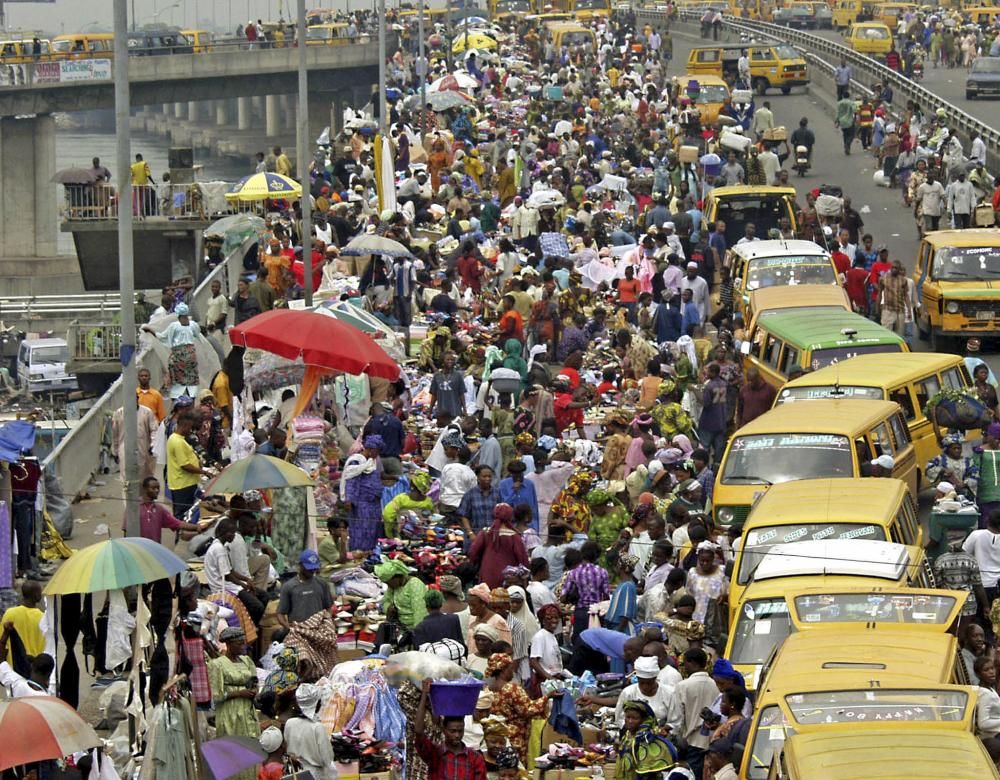
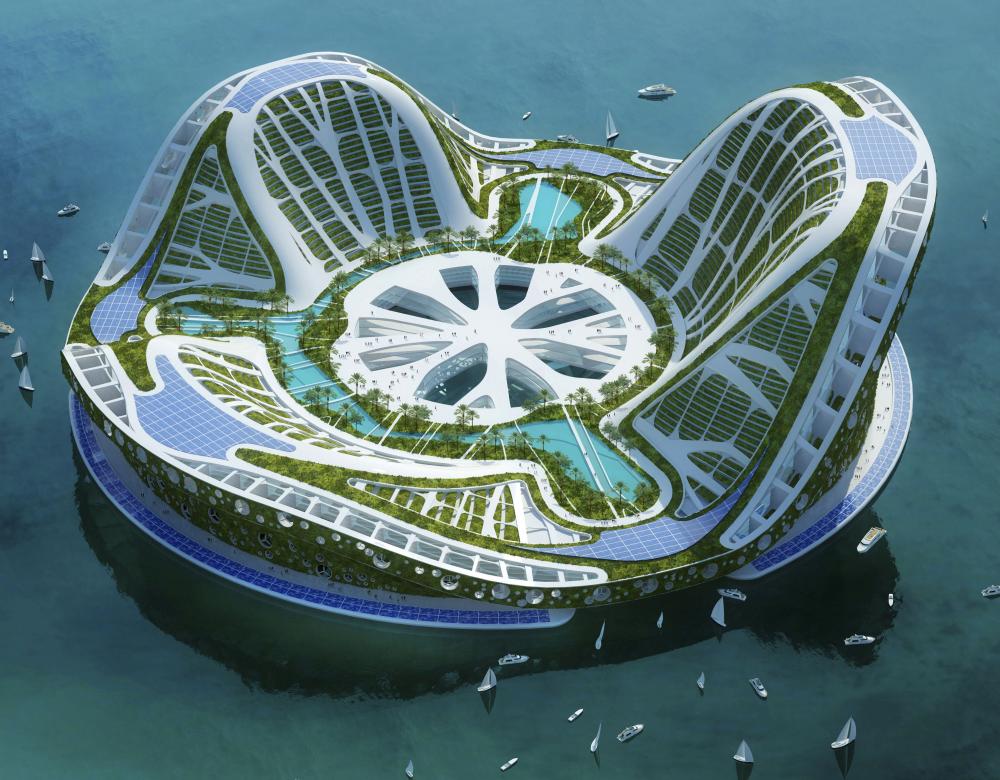
Adapting To Rising Seas
Firms of architects are currently designing floating towns and islands where tens of thousands of people should be able to settle (here, Belgian architect Vincent Callebaut’s Lilypad floating island project). The aim is to adapt to rising sea levels. Floating structures are already being tested in the Netherlands (a floating house in Rotterdam harbour). Docked village and floating leisure islet projects are also being studied for use in highly vulnerable locations such as the Maldives.
This dossier is the online version of “Climate. The 360° exhibition” presented at the Cité des sciences de l’industrie in September 2015 on the occasion of COP21, with the support of the BNP Paribas Foundation. The contents were updated in 2018.

